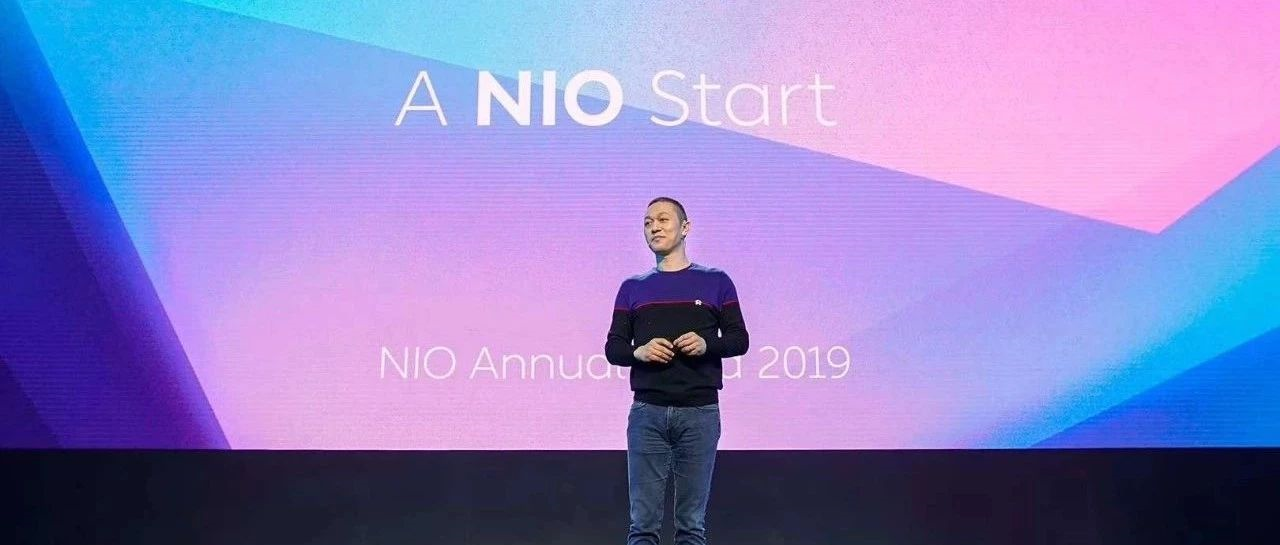On November 25, 2014, NIO was established.
On May 31, 2018, NIO ES8 began delivery.
In the past more than half a year, NIO has received countless applause and criticisms, as well as numerous doubts. Standing in 2019, how should we view NIO?
Firmly bullish on NIO
Today, our judgment is to firmly bullish on NIO.
Why did our attitude towards NIO change from “cautiously optimistic” to “firmly bullish”?
On August 28, 2017, Li Bin gave a lecture at Chaotic University, elaborating his view on the commonality of the world’s top excellent companies and NIO’s business model. The core of the entire lecture is one sentence: User experience is the core of business change.
The supporting point of this sentence is an outline: All business practices with innovative implications both follow the trend and touch the users’ hearts in emotional experience.
Li Bin compared several companies in different industries, and in the upper right corner of each picture is the innovative enterprise in the industry that both followed the trends and touched the users’ hearts in emotional experience.
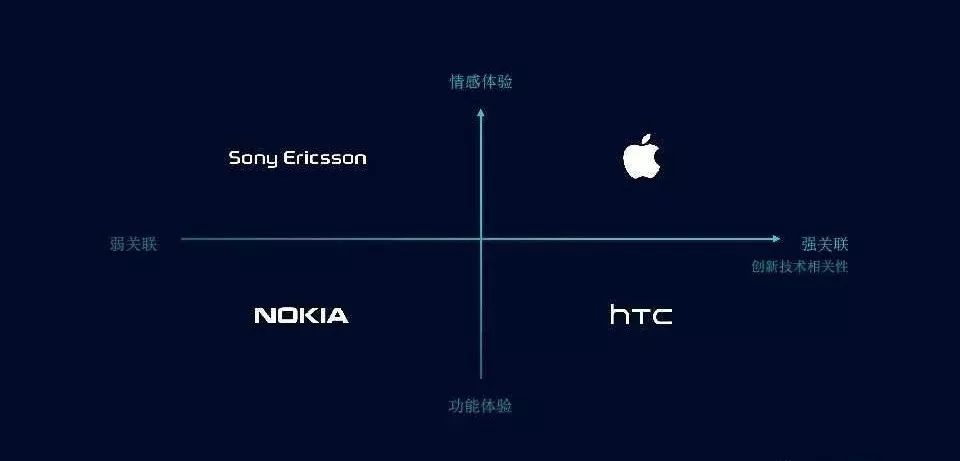
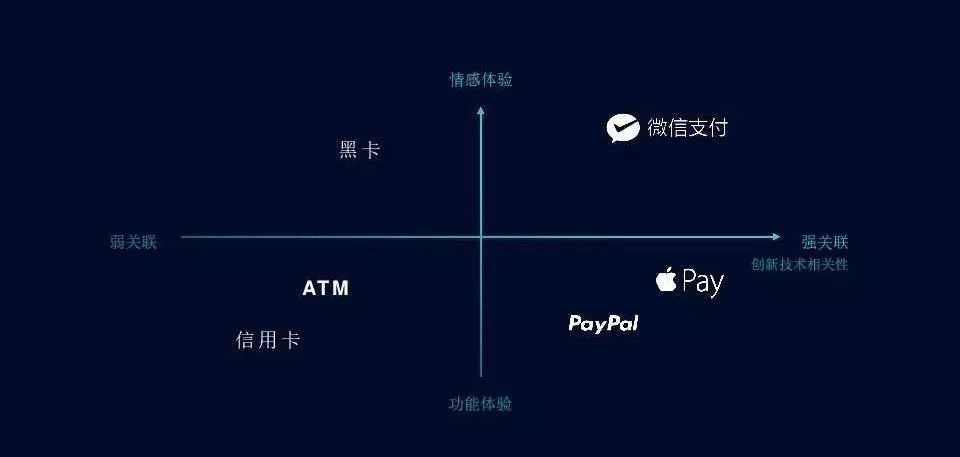
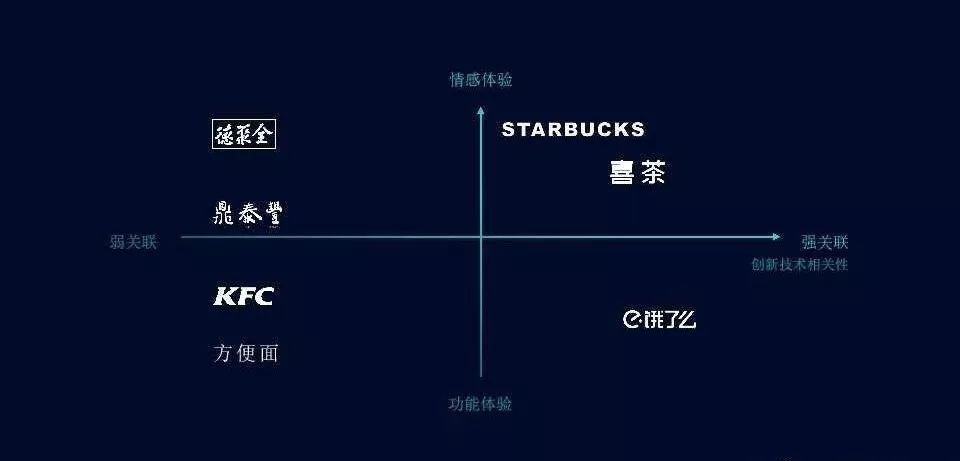
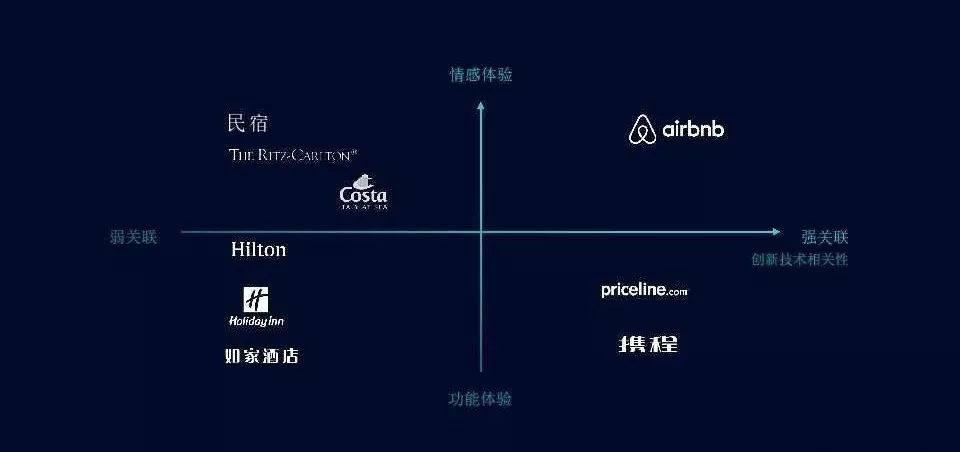
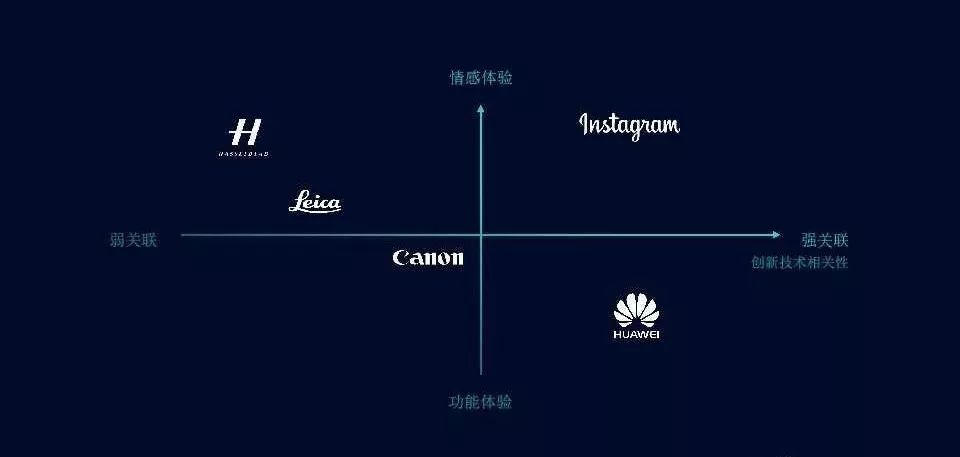
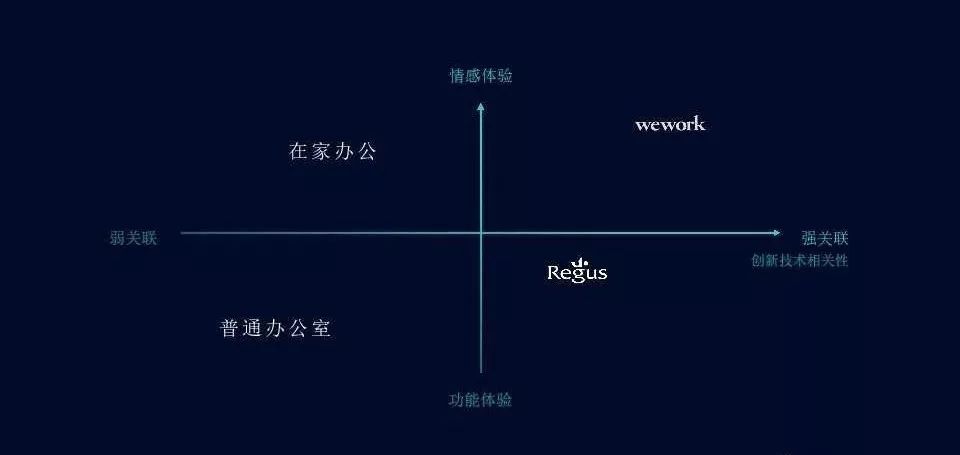
Next, he gave an analysis of the automobile industry.
Ferrari: shaping the top brand culture and service in the industry, exporting good emotional experience, but having extremely weak association with innovative technologies such as intelligence and pure electric.Toyota: Taking the Highlander as an example, it outputs the best functional experience (such as space, quality, seat layout, structural safety, handling, price, etc.) in the sub-segment market but has a very weak association with innovative technologies such as intelligent and pure electric.
Tesla: Through intelligence and electric, it has redefined or broadened the definition of luxury brands, but there is great room for improvement in brand culture and service.
What does NIO’s position in the upper right corner mean? It needs to be “a car manufacturer that touches users’ hearts in terms of emotional experience” based on Tesla’s trend of “catering to technology innovation changes” (of course, leading rather than following is more appropriate for Tesla).
In one simple sentence, it is “Standing on Tesla’s shoulders and surpassing Tesla.”
Although this class was not shared until August 2017, the entire logical system and methodology were shared with 6 NIO founding investors including Li Xiang, Ma Huateng, and Lei Jun before and after the National Day in 2014.
What I want to say is that although four years have passed, NIO is basically advancing according to the framework initially established by Li Bin, and the feasibility of this framework in terms of business models is being verified step by step.
We have many doubts about NIO under the guidance of this framework, such as the comprehensive cost of the two NIO Day conferences, NIO Houses under landmark buildings across the country, and the huge loss of the NIO Service service system. It feels like NIO has been fishing in troubled waters to maintain the early users’ experience. On the other hand, compared with other car companies (especially Tesla), this ultra-standard user experience seems to be NIO’s core competitiveness.
It is difficult for NIO to maintain optimism by making unsustainable service capabilities as its core competitiveness.
The Cost of Emotional Experience
Let us return to Li Bin’s established framework to view the problem.
In the first level, we see NIO as follows:
- Inviting users to attend NIO Day, flying them in, staying in five-star hotels, and listening to Imagine Dragons and Bruno Mars concerts;
- Setting up NIO Houses in the most expensive areas, providing high-quality, stylistically uniform decoration standards and tones;
- Displaying many high-quality, original design products in the Gallery Surprise Store;
- Establishing NIO Service system with huge investment and unified high-quality experience;
- Spending a lot of energy (including CEO, president, and other management’s time costs) on NIO App operations and construction.

All of these factors contribute to a high-quality user experience throughout the entire life cycle of the car, which is what Li Bin refers to as “touching the user’s emotions”.
This is also the biggest controversy regarding NIO, as it seems they have sacrificed the feasibility of their business model in order to provide a closed-loop, super-specification user experience.
Some of Li Bin’s own statements have also increased the credibility of NIO’s “losing money to make a name for itself” strategy.
For example, when talking about his angel investment in Mobike, Li Bin said, “I don’t think too much about whether it makes money or not, because user experience is the top priority.”
When Mobike was in its early stages, many people were worried about bike theft and the need for bike racks. But it’s impossible to install so many racks everywhere, and users shouldn’t have to spend the time they saved walking one kilometer to search for a rack. That goes against human nature.
In fact, if you’re thinking about issues like bike theft, user payment, and profitability, stationary racks are the first thing you need to consider. We don’t think too much about that because the user experience is the top priority. These are problems that will be solved in the future, not the starting point.
On April 4, 2018, Meituan announced its acquisition of Mobike, causing a decline in the user experience of Mobike’s service. Meituan’s senior vice president responded, “We need to negotiate reasonable user experiences within reasonable cost structures. Otherwise, if we go bankrupt, what will we have to guarantee a user experience?”
Companies that focus solely on internet business operations often make a huge cognitive error: they believe that user experience is the most important thing. But there is definitely a cost involved in providing an experience, not just for bike-sharing businesses, but for all businesses.
Internet companies will go bankrupt if they focus solely on user experience. We certainly value user experience, but will negotiate reasonable user experiences within reasonable cost structures. Otherwise, if we go bankrupt, what will we have to guarantee a user experience?
Companies that burn money to grab market share and do not respect the objective laws will eventually be hurt by them. Many markets naturally should have two players, and business development should respect the objective laws. We don’t need any special competitive edge. Today, the ability to respect objective laws is already tremendous.
Returning to NIO, they have performed very well within the new car manufacturing industry. They are the highest-priced and best-selling company, with sales exceeding 10,000 cars.
But how did they achieve this? In addition to the decent product power of the ES8, their biggest advantage over BBA and Tesla is the closed-loop high-specification user experience.
Is NIO a “company that burns money to grab market share and does not respect objective laws?”
How many steps does it take to create a new high-end brand?## Second level, let’s break down NIO from the first level.
Firstly, the NIO Day design costs millions of RMB and attracts nearly ten thousand people. None of BBA’s flagship car launches can reach this level. However, it should be pointed out that if we add up the full-channel advertising during BBA’s launch, such as TV, websites, newspapers, elevators, and airports, the overall expenditure far exceeds “millions of RMB”.
Does NIO advertise during its launch event? Of course, but NIO’s advertising expenditure is much lower. Because NIO is the new car company with the most traffic and topic among all new car companies, each NIO Day naturally generates online discussion and heat that is no less than the launch of BBA’s flagship car model.
Li Bin repeatedly mentioned “systematic efficiency” in media interviews. What is systematic efficiency? From a capital perspective, NIO’s launch event achieved the same or even better results. However, the scale of tens of thousands of people is composed of suppliers, partners, employees, car owners, and media groups. In contrast, traditional car companies are dealer and media groups. There is no hardcore innovation, just a slightly better user experience.
Speaking of which, what about Tesla? Tesla indeed did not spend a penny on traditional advertising. But just think about the Tesla Roadster that flew into space under the Falcon Heavy rocket owned by SpaceX, and think about the “Don’t Panic” central control and “Made on Earth by humans” circuit board. That creativity is worth more than a hundred million dollars in advertising.
Continuing with NIO, besides attracting potential customers and completing sales conversion, the NIO House has another critical function. It is a huge billboard that efficiently and sustainably allows the new high-end brand NIO to reach out to the peripheral group. This is fundamentally different from BMW’s 4S dealership. The location and investment costs of NIO House consider the “brand building” factor. Evaluating it from the dimension of “luxury brand offline stores” is unreasonable.
BMW has 17 4S dealerships in Beijing through dealers, while NIO has two NIO Houses in Beijing. I think the conclusion about which approach is more efficient is clear.
How to shape a brand new high-end brand? BBA has already done it. Tesla’s approach is not to advertise. They do not do any advertisements on TV, the internet, print media, outdoors, elevators, any form of advertising. However, Elon Musk continuously operates his Twitter account and persistently conveys and builds the Tesla brand, occasionally executing brilliant marketing tactics, such as sending a car into space.# Li Bin’s personal influence cannot be compared to Elon Musk, and NIO’s strategy is to integrate brand promotion and construction into all aspects of enterprise operations, including press events, NIO House expansion, etc. In fact, everything displayed on NIO’s official website, app, Fellow, and public-facing outlets is continually promoting and constructing the NIO brand. It is simply not as visible as other methods and less expensive.
This is a completely new approach, and as for its cost-effectiveness, I think the answer is not difficult to determine.
Strategic loss and product strength
The third layer is where the real questioning begins.
Huge investments have been made into the charging and battery-swap system, including NIO Service, which encompasses packages for worry-free energy and service, as well as car owner’s flows for charging, repair, maintenance, insurance, and substitute vehicles. As stated by Qin Lihong, the CEO of NIO, aside from traffic tickets, we hope that our users will come to us for all their needs.
This method far exceeds energy supplementation and constitutes an entire car lifecycle service system. It may appear to be anti-commercial, but the underlying operational logic is not uncommon.
Take Tesla’s global supercharging network as an example.
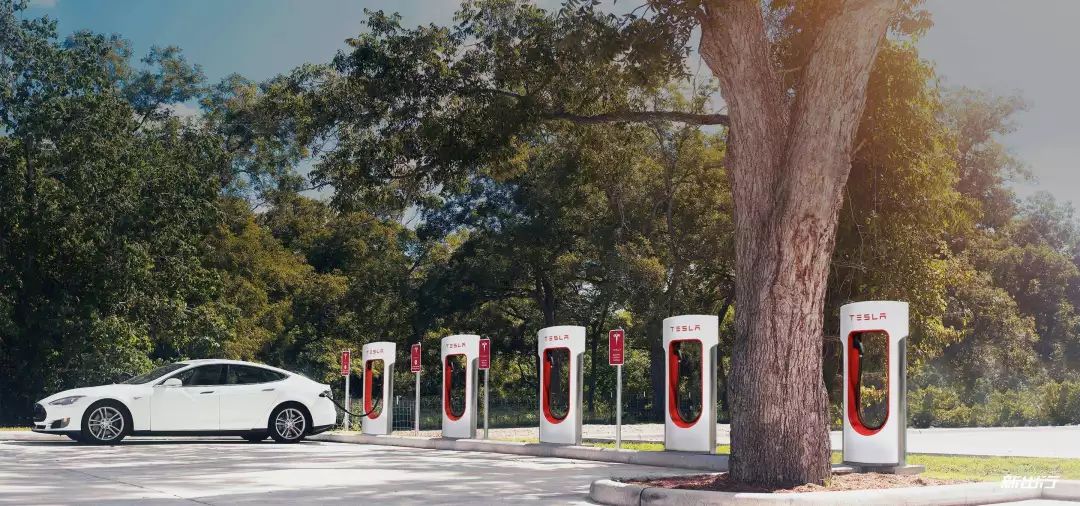
Since the opening of the first six supercharging stations in 2012, Tesla has operated 1422 supercharging stations and 12011 supercharging stalls globally. According to official statistics, the construction cost of a single supercharging station (eight stalls) is $270,000, plus a continuous output of more than 400 GWh of electricity. In the past few years, Tesla has invested around 380-420 million USD in constructing supercharging stations.
What does Tesla get for its investment? The largest, high-output, and best user-experience charging network in the world. Starting in 2019, Mercedes-Benz EQC, BMW iX3, Audi e-tron, and Porsche Taycan will be launched. Where is your supercharging network?
By investing on a large scale early on, a very high competitive barrier is established, and brand power and corporate image are created at the same time. As businesses expand, construction and operation costs will continuously decline with economies of scale (the manufacturing cost of the first Tesla supercharging stall and the 10,000th stall are clearly different, and the same applies to NIO’s battery swapping stations), making it difficult for newcomers to compete.
In the business world, there is a professional term to define this strategy called strategic loss.
If it’s okay for Amazon, JD Logistics, and YouTube not to make a profit, we shouldn’t be tougher on Tesla’s Supercharging network and NIO’s service system.Tesla’s attitude towards supercharging network is to hope that the business will be self-sufficient in the long term and never pursue profits. NIO’s approach to NIO Service is also “not making money, hoping to break even in the end.”
Today, NIO Service has invested heavily in its strategic value, which is to ensure that neither Tesla nor BBA can quickly catch up or copy NIO in terms of user experience.
The second truly questionable point is NIO’s products. The premise of user experience as the core competitiveness is to create a truly outstanding intelligent electric vehicle, because the product experience itself is the cornerstone of a closed-loop high-quality user experience.
Under the premise of ensuring safety, intelligent electric vehicles can connect and upgrade all the vehicle’s hardware components through the software system. From the small switch of the air conditioner to the large output power of the motor, all can be controlled by the software system.
For users, owning such an intelligent car can continuously discover and unlock new functions and experiences, and the car itself has vitality as a result.
This is a reflection of Internet thinking in product definition. NIO’s ES8 and ES6 are undoubtedly real intelligent electric vehicles. Of course, since the second half of last year, NIO has encountered some real challenges in the development and delivery of its software systems, especially NIO Pilot. The latest official plan is to release it in Q2. However, we still believe that this problem is not fatal.
The reason is that for more new car companies, they have not truly achieved intelligence in terms of product definition, and their products themselves have no differentiation with traditional cars, which is much more severe than the challenges encountered by NIO.
Regarding the product itself, another noteworthy point is that the product quality of ES6 has significantly improved compared to that of ES8. NIO’s slogan for ES6 of high performance and long endurance fittingly points out the two most critical dimensions of the basic experience of electric vehicles – acceleration and endurance, demonstrating the product strength of ES6.
Looking back at this table and comparing NIO ES6 with international and domestic first-line intelligent electric vehicle brands’ products of the same class, ES6 has demonstrated considerable competitiveness.# Tesla and NIO: Two Stories of Automotive Industry Revolution
The story of Tesla is simple: product-centric, scalping top talents, building a high-performance culture, and investing wholeheartedly. In Elon’s words, they have the best products, which are not in the same league.
NIO adds an extra layer to the story: they aim to provide “emotional experiences” on top of great products, becoming the company with the highest customer satisfaction in the world.
Defining NIO as “China’s Tesla” is inaccurate. At the end of a lecture, Li Bin said, “We hope to change everything. We hope to reshape the industry.”
Links to related articles:

This article is a translation by ChatGPT of a Chinese report from 42HOW. If you have any questions about it, please email bd@42how.com.
